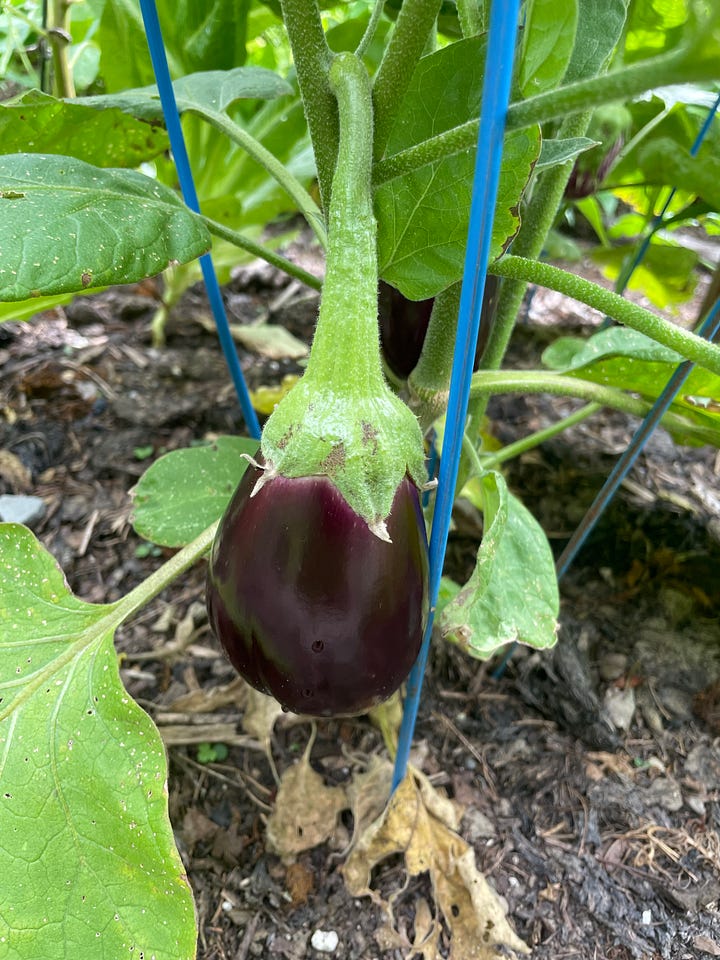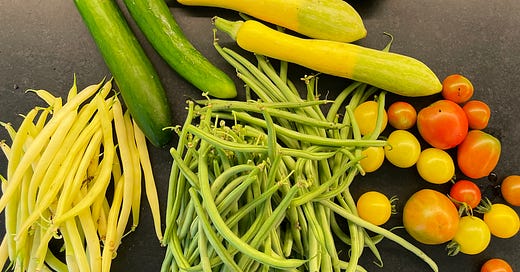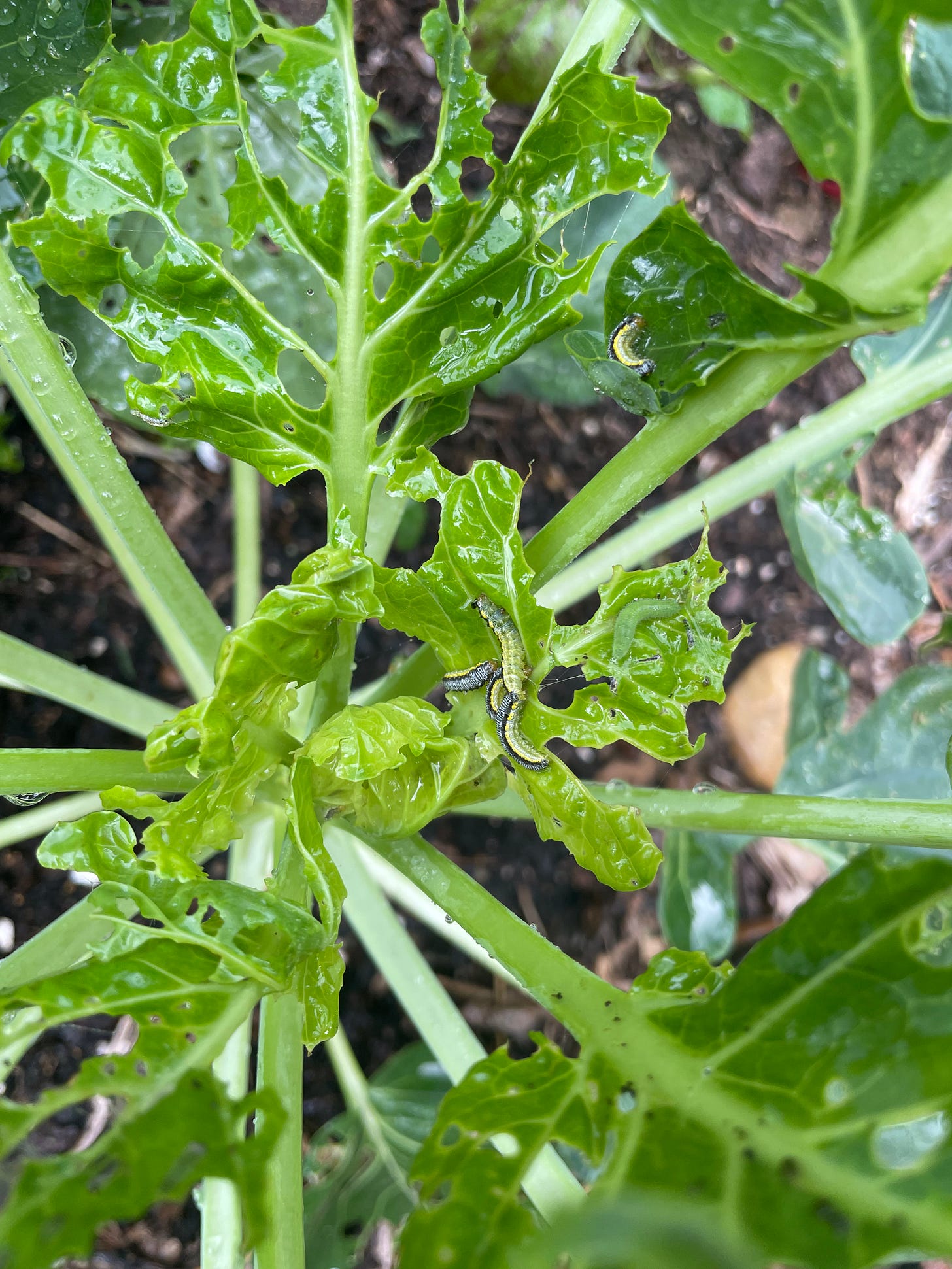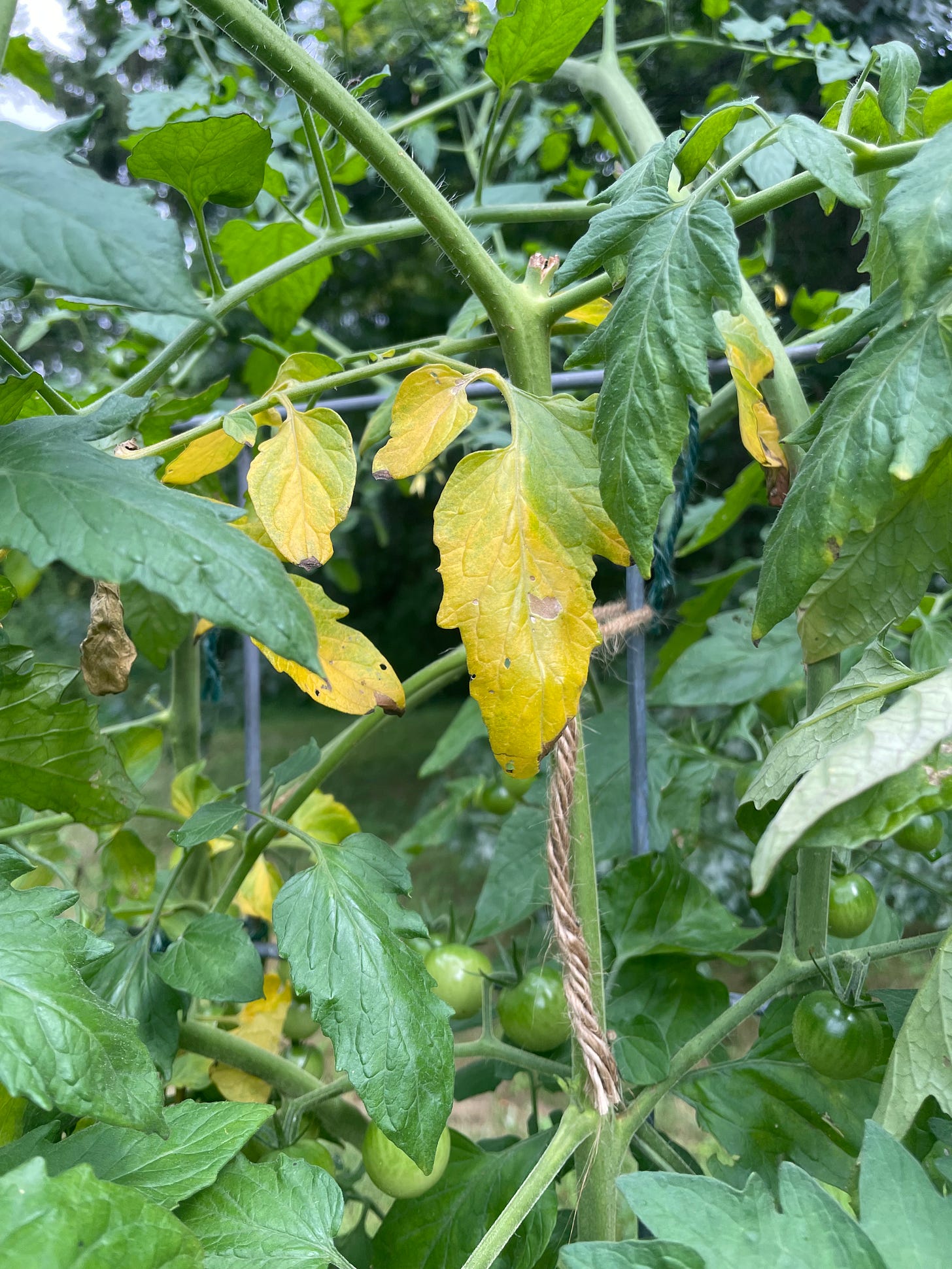Celebrating a garden's successes
Even a modest fist-bump seems appropriate given gardening's many frustrations and setbacks
A legendary football coach – there’s some dispute over whether it was Paul Brown, Bear Bryant or Vince Lombardi – once scolded a player for an over-the-top endzone celebration with this classic putdown:
“Act like you’ve been there before.”
Despite my natural inclination to understate success, I confess this is advice I don’t always follow when it comes to the garden. Sometimes you just have to celebrate, modest as the victory may be. This seems particularly true in the face the many obstacles, setbacks and frustrations that go along with growing vegetables.
Take one day this week, when I made my usual early-morning pass through the garden to see what’s up. I quickly discovered it was not much good.
I noticed the leaves on my Brussels sprouts were being eaten away, a development that seemed to have occurred literally overnight. The leaves looked like Swiss cheese on the five three-foot tall plants that had been a picture of vitality a day or so ago.
A closer examination revealed an infestation of caterpillars that were larger and more colorful – prettier, actually – than the pale green caterpillars of the cabbage moth I’m familiar with. It appears they were cross-striped cabbage worms, according to a comparison of my photo and one on the University of Massachusetts-Amherst Extension Service website. It reports ominously: “Formerly restricted to the South, this insect is now a serious problem on brassica crops in southeastern New England.”
The cross-striped cabbage worm, according to the UMass site, lays eggs in batches of 3 to 25, instead of singly, and produces 2 to 3 generations per year. My plants were laden with piles of tiny eggs, each maybe the size of a poppy seed. Oh joy!
I sprayed the leaves with a jet of water from the hose, sending the eggs and some of the caterpillars flying. I then mixed up a batch of BT (bacillus thuringiensis), an organic insecticide and thoroughly sprayed the leaves on the underside and top. At the same time I pulled dozens of the inch-long sized caterpillars from the plant and squished them between my fingers. (In case you’re wondering, this all occurred after breakfast and well before lunch.)
I protectively sprayed the other brassicas – cabbage, kale, collards, broccoli – in the garden as well. Thankfully they seem untouched, at least for now.
Thus began my visit to the garden.
Next up was one of the cherry tomato plants growing out of a straw bale. This variety, called Supersweet 100, has been dependable, productive and disease free. This year, its leaves are yellowing and the problem has grown worse.
I believe the plant is suffering from verticillium or fusarium wilt, two common fungal diseases that affect tomatoes. But I’m not certain. Both diseases are soil-born, which shouldn’t be a problem when growing tomatoes in straw bales. The soil in the raised beds in my garden outside Washington, DC, was infected with fusarium and I was unable to successfully grow tomatoes in them. If it is verticillium or fusarium in the straw bale, my guess is it only could have come from the potting soil I put into the hole I dug into the bale when I planted the tomatoes or possibly from a garden tool like a trowel or pruning shears. Notably, and thankfully, none of the other eight tomato plants growing in straw bales has been affected.
I pruned all of the stems of the plant with yellowed leaves, and tossed the leaves into a pail. I won’t add them to the compost pile to avoid further spread of the disease. And I’ll watch the plant. Craig LeHoullier, author of Epic Tomatoes and one of the country’s foremost authorities, says if the yellowing continues to spread and the plant begins to wilt it is wise to remove it from the garden to avoid further spread. I’ll also spray my pruning shears with a water/bleach solution.
So that’s how my little morning stroll through the garden began. Here’s how it ended:
Nearly a pound of string beans picked from the bush bean plants.
More squash and zucchini, with lots of little ones coming along.
A couple more cucumbers from this marvelous hybrid called unagi.
Swelling Black Beauty and Listanda de Gandia eggplants on their way.


And despite the yellowing leaves on the cherry tomato, a virtual wall of ripening, hefty heirloom tomatoes growing out of straw bales along the cattle panel fence on the north side of the garden. Take a look. There are lots of tomatoes in this thicket:
So I’m celebrating.
Maybe not with a Lambeau leap. But I’ll spike the ball, maybe like Homer Jones of the New York Giants who I used to watch from the upper deck at Yankee Stadium sitting next to my father. Jones is credited with inventing the end zone spike. It’s so modest by today’s standards.
You can watch it here.







Congratulations on the many successes! And your efforts combating pests are so impressive.